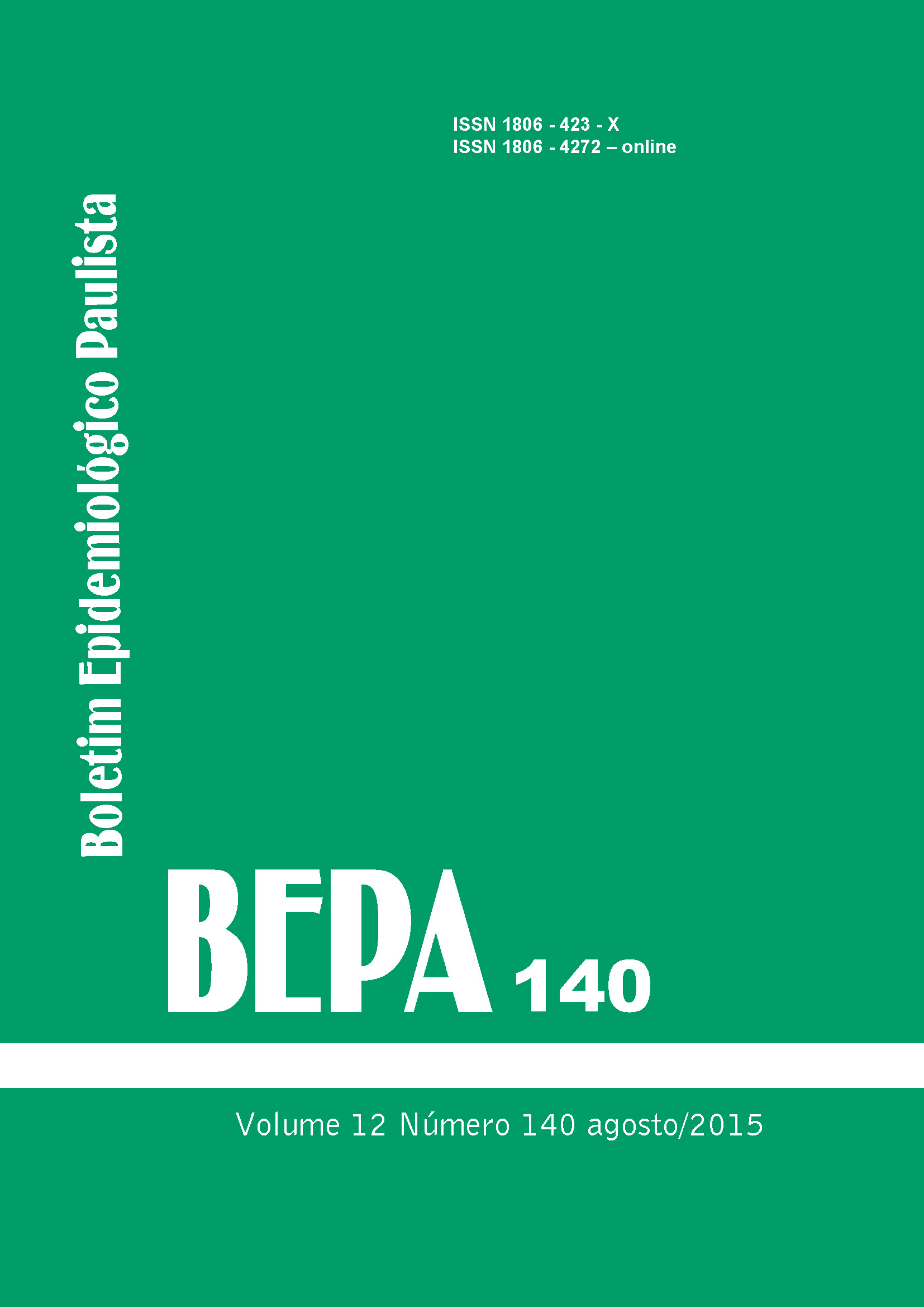Abstract
Haemophilus influenzae (Hi) colonizes the human nasopharynx and eventually can cause diseases in susceptible individuals. The Hib conjugate vaccine provides direct protection against the diseases and also reduces nasopharyngeal colonization by vaccine strain. Hi carriage studies allow the knowledge of circulating strains and the accurate identification of the microorganism is important to estimate the effect of the vaccine. Culture is the gold standard method to detect Hi in clinical samples, this is a specific method, with variable sensitivity and demand more time for the complete identification of the microorganism. The use of molecular techniques has helped in differentiating Hi from other species of the Haemophilus spp. due to the high sensitivity and specificity to detect the etiologic agent. Different RTPCR and PCR assays were developed for the diagnosis of Hi using several biomarker genes such as hpd and fucK gene. These genes are highly conserved and are present in encapsulated and non-encapsulated Hi strains, allowing the detection of both variants. The aim of this study was to evaluate the accuracy of RT-PCR to detect Hi in nasopharyngeal samples of healthy children vaccinated against Hib comparing it with the culture. A total of 410 nasopharyngeal swabs stored at -70°C in STGG medium were randomly selected to evaluate RT-PCR assay targeting protein D (hpd#3). Considering the 410 nasopharyngeal swabs, 161 (39.2%) samples were positive for Hi and 249 (60.8%) had negative RT-PCR. By culture, 166 (40.5%) samples were positive for Hi and 244 (59.5%) were negative. Thus, the hpd#3 RT-PCR showed a sensitivity of 90.9% (95% CI: 85.3 - 94.7) and a specificity of 95.9% (95% CI: 92.4 - 97.9) when compared to culture to detect Hi in nasopharyngeal swabs. The results showed no significant difference (McNemar’s chi-square = 0.64 p>0.5) between RT-PCR and culture and the Kappa coefficient showed an excellent agreement (0.873) between the two techniques. As complementary results, the same samples was evaluated for the presence of the fucK gene by conventional PCR and only 99 (24%) samples were positive and 311 (76%) were negative for the presence of this gene. Thus, the fucK PCR showed a sensitivity of 57.8% (95% CI: 49.9 - 65.4) and a specificity of 98.8% (95% CI: 96.2 - 99.7) when compared to culture. A lower positivity was obtained by PCR compared to culture (McNemar’s chi-square = 0.64 p<0.05) and the Kappa coefficient showed a moderate correlation (0.605) between the two techniques. According to the excellent agreement between the results of hpd#3 RT-PCR and and culture, we have concluded that this technique is an important tool for detecting Hi in nasopharyngeal samples and can be used in studies of population-based carriage to assess the effect of the Hi vaccine.

This work is licensed under a Creative Commons Attribution 4.0 International License.
Copyright (c) 2015 Cinthya Terumi Ogassavara, Rosemeire Cobo Zanella Ramos (orientadora)
